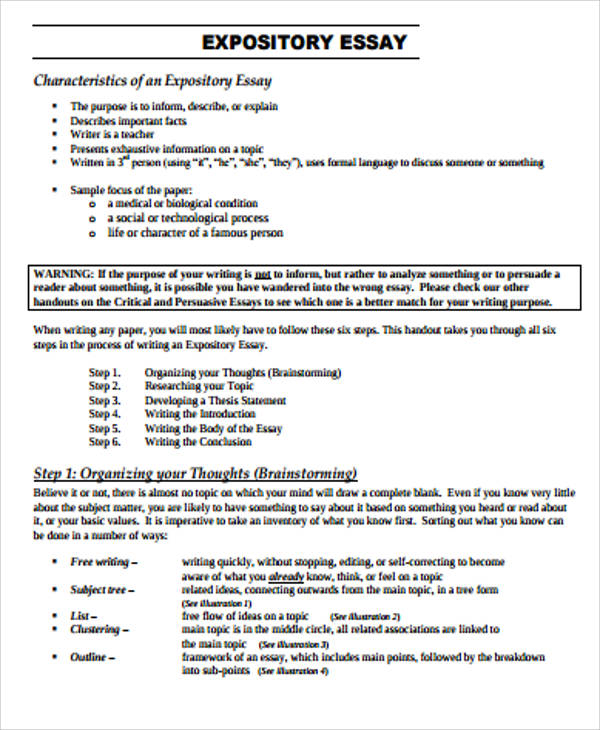

If you use dialogue for exposition, keep to information that is relevant to your plot. There is a question mark over whether his son is extraordinary, too.The position Jack’s interviewing for may be intimidating or daunting in some untold way.King gives us character exposition via dialogue. Your wife isn’t a bit intimidated by the idea?” And there’s your son, of course.” He glanced down at the application in front of him.

“I asked if your wife fully understands what you would be taking on here. That was bad Ullman was the type of man who would file such lapses away in a mental Rolodex for later consideration. Ullman had asked a question he hadn’t caught. In the opening chapter of The Shining, ‘Job Interview’, the protagonist Jack Torrance is interviewed by a man named Ullman for the winter caretaker position at the creepy Overlook Hotel: An exposition dump or ‘expository lump’ takes your reader out of the story. Ideally, you want to weave exposition in naturally, barely showing the author’s hand. Info-dumping refers to when you jam a slab of expository information into a section of story so that it feels as though the author is thinking ‘here is everything I need to tell the reader, let me get this out of the way’. King’s story opening gives us plenty of character exposition and setting exposition. It shows how you can use dialogue for exposition to reveal a little about your characters and their immediate (or past/future) situation: Dialogue as exposition: The Shining Stephen King’s classic horror novel The Shining (1977) gives a strong example of good story exposition. It tells us something that helps us as readers understand what’s going on or at least makes us curious to learn more about a place, situation or circumstance. It refers to the expository or introductory element of a story.Įxposition in literature and other story media reveals. ‘Exposition’ is a useful term when we talk about dramatic structure. Let’s explore these ideas further with examples of expository paragraphs and their effects: Use expository dialogue to build scenarios Describe relevant backstory if necessary.Use character exposition to reveal key information.Write setting exposition that vivifies your world.Use expository dialogue to build scenarios.What elements of time, era or duration (the ‘when’) does this expository part of the story reveal?ĩ exposition examples (and their lessons).What do we learn about where the action or conversation is unfolding, if anything?.

#Exposition example how to#
Read 9 exposition examples that show how to introduce characters, settings and scenarios memorably: What to look for in exposition examples in fictionĪs you read the examples in this article, ask: Exposition introduces your reader to important and intriguing details of your story – who, what, why, where and when. There are many types of exposition in stories, in literature, film and other media.


 0 kommentar(er)
0 kommentar(er)
